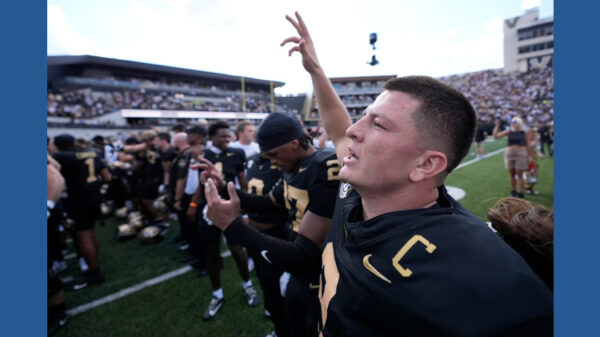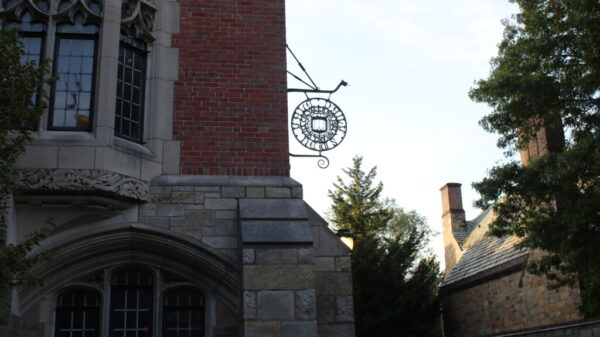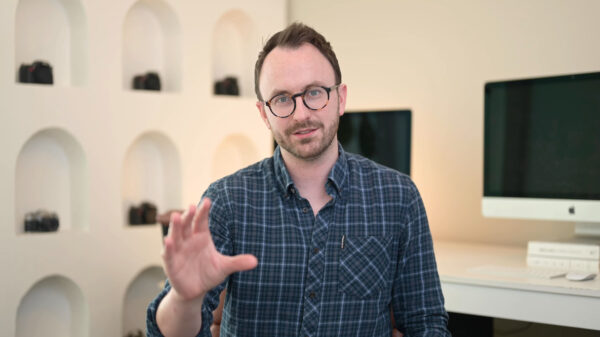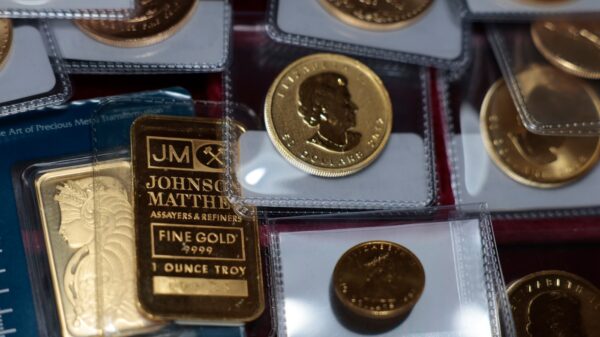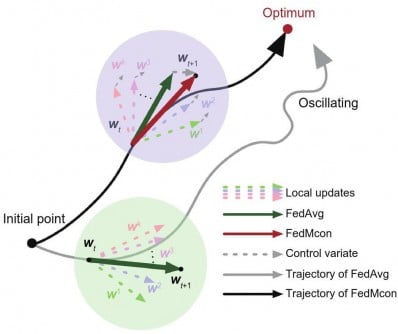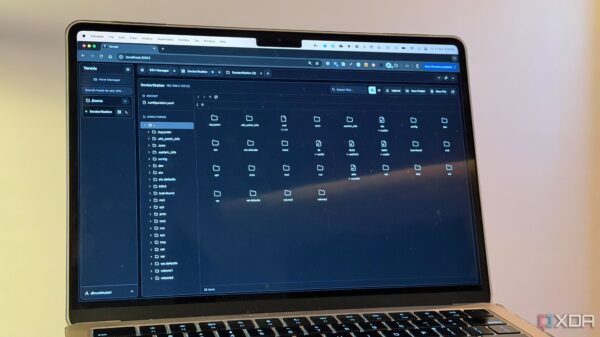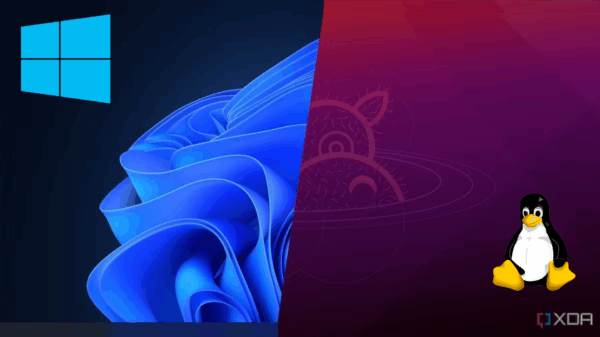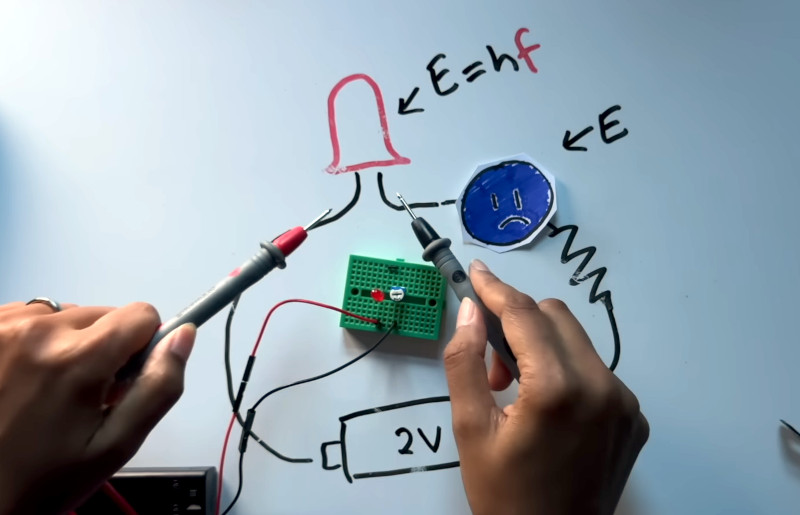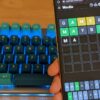A recent experiment conducted by Looking Glass Universe allows individuals to measure Planck’s constant independently. By utilizing light-emitting diodes (LEDs), she sought to verify the accepted value of this fundamental physical constant, which has remained unchanged since its initial measurement in 1916. This experiment not only reinforces established scientific principles but also offers a practical hands-on experience for enthusiasts of quantum physics.
Planck’s constant plays a pivotal role in explaining phenomena such as the photoelectric effect, where light’s color influences its interaction with materials. As a result, this constant is integral to the foundations of quantum mechanics. The use of LEDs, which emit light in various colors, provides an effective method for measuring this constant due to their distinct wavelengths.
The experiment involves adjusting the LED until it reaches the threshold of darkness. By knowing the wavelength of the LED and measuring the voltage across it, participants can calculate Planck’s constant. While Looking Glass Universe employed a potentiometer potentially configured as a voltage divider, various setups can achieve similar results.
In her findings, she noted that even an unconnected LED emits a small number of stray photons, which can still provide usable data for analysis. Calculating Planck’s constant requires precise measurement due to its incredibly small value, thus a scientific calculator or a computational tool such as Wolfram Alpha is essential.
Initially, the result obtained was off by an astonishing 1 x 10-40, highlighting how minuscule the discrepancies can be when working with such fundamental constants. This value, while numerically significant, is not alarming but rather reflects the precision required in scientific experimentation.
This home physics experiment exemplifies how accessible scientific inquiry can be. Whether conducted in a straightforward manner, as demonstrated by Looking Glass Universe, or developed into a more complex setup, it allows individuals to engage with foundational concepts of physics actively.
In summary, the endeavor to measure Planck’s constant serves as a reminder of the importance of verification in science. Engaging in such experiments not only enhances understanding but also fosters a deeper appreciation for the intricate world of quantum physics.









